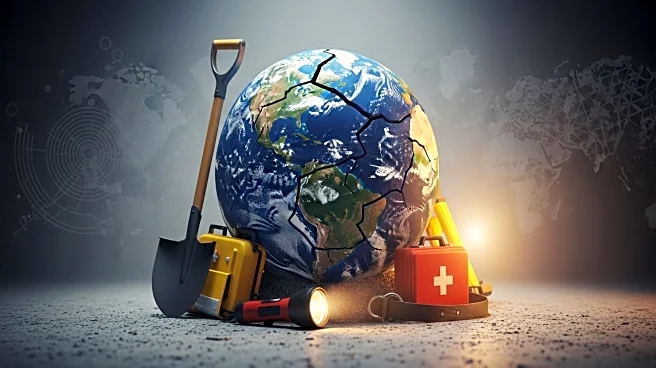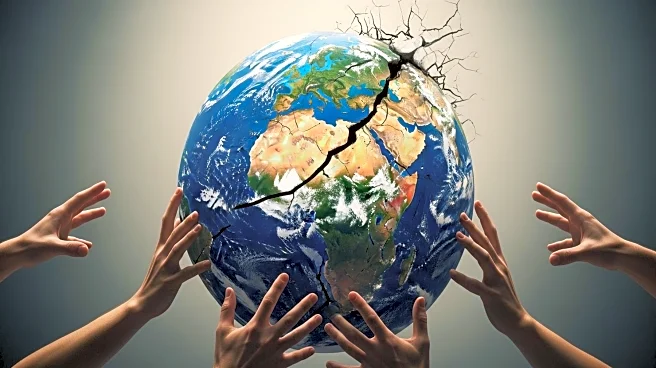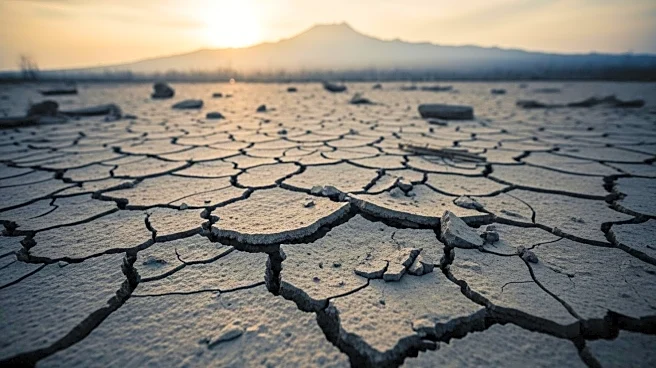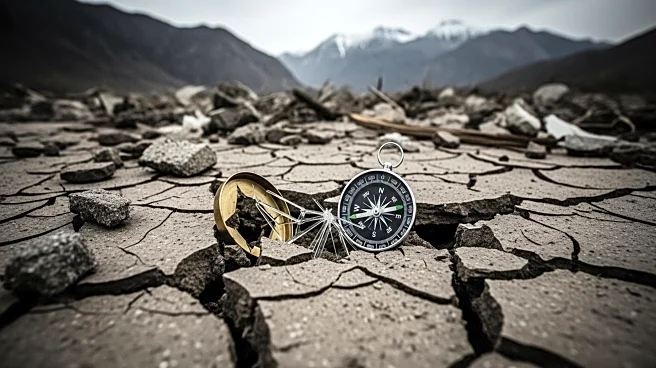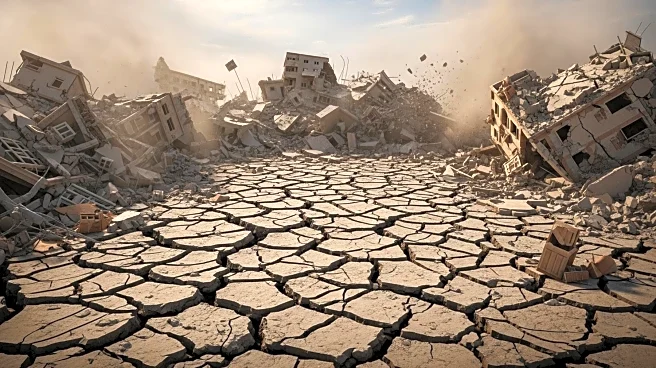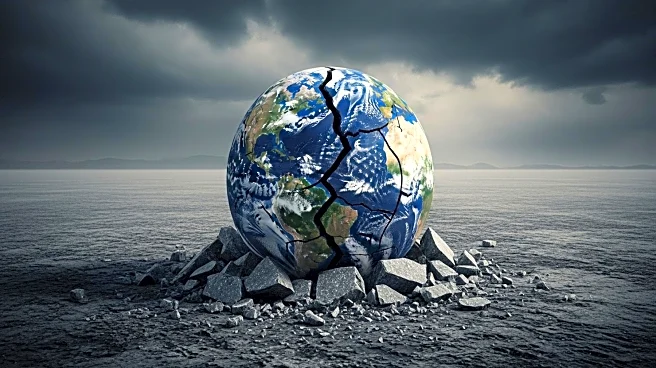What's Happening?
A devastating earthquake with a magnitude of 6.0 struck Afghanistan, causing over 1,400 deaths and significant destruction in eastern provinces. The epicenter was near Jalalabad, affecting areas such as Nangarhar, Nuristan, Laghman, and Kunar. Rescue operations are challenged by the remote and mountainous terrain, with strong aftershocks felt in Kabul. The Taliban government has received limited international assistance, complicating relief efforts.
Why It's Important?
The earthquake's impact on Afghanistan is profound, exacerbating existing humanitarian challenges in the region. The destruction of infrastructure and homes adds to the difficulties faced by the Afghan population, already dealing with political instability and economic hardships. The limited international response highlights geopolitical complexities and the challenges of providing aid under the Taliban regime, affecting the country's recovery and future stability.
What's Next?
Rescue and relief efforts will continue as authorities and aid organizations strive to reach affected areas. The international community may face pressure to increase assistance, balancing humanitarian needs with political considerations. The situation could influence regional dynamics, prompting discussions on disaster preparedness and international cooperation in crisis management.
